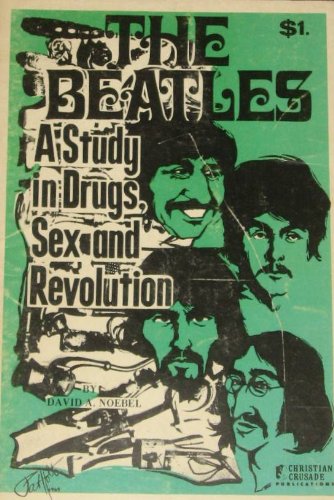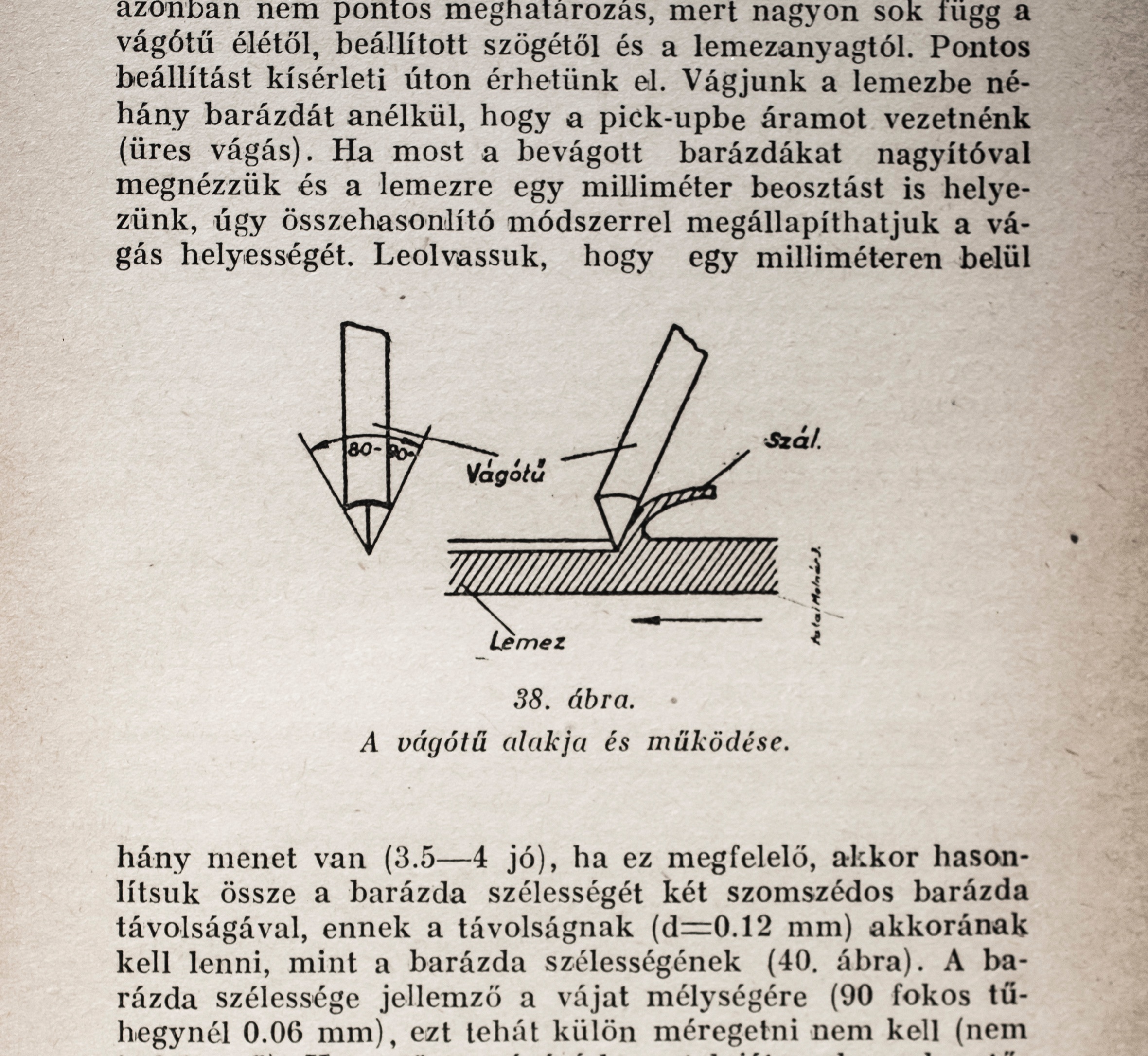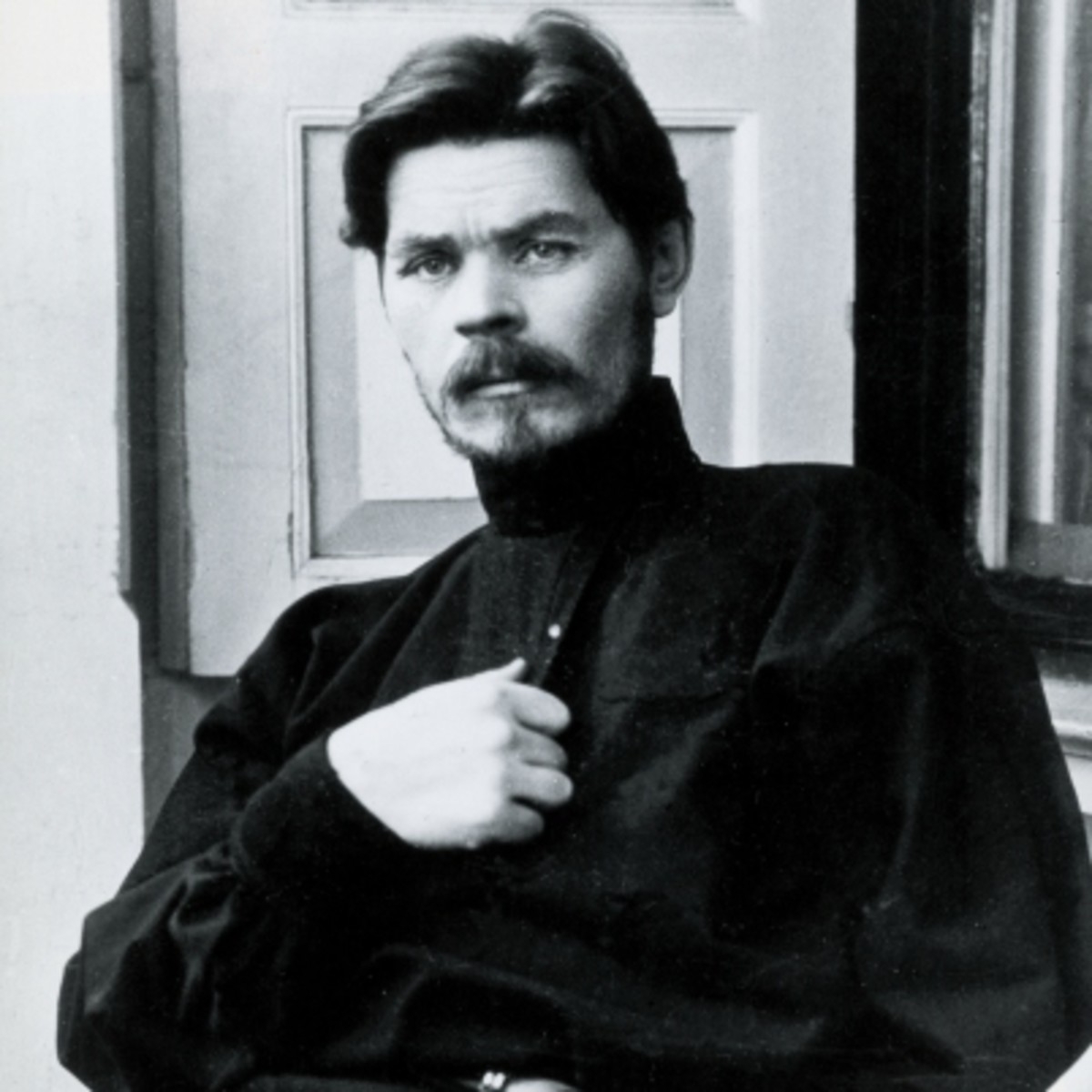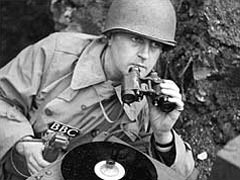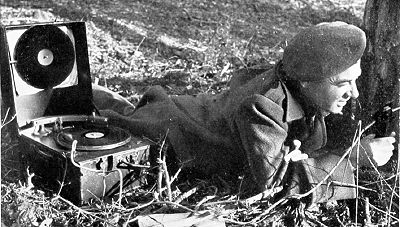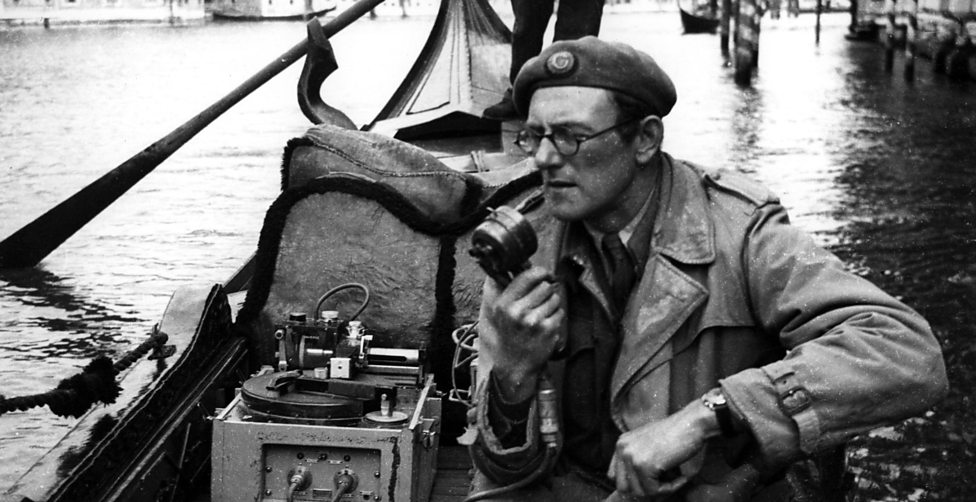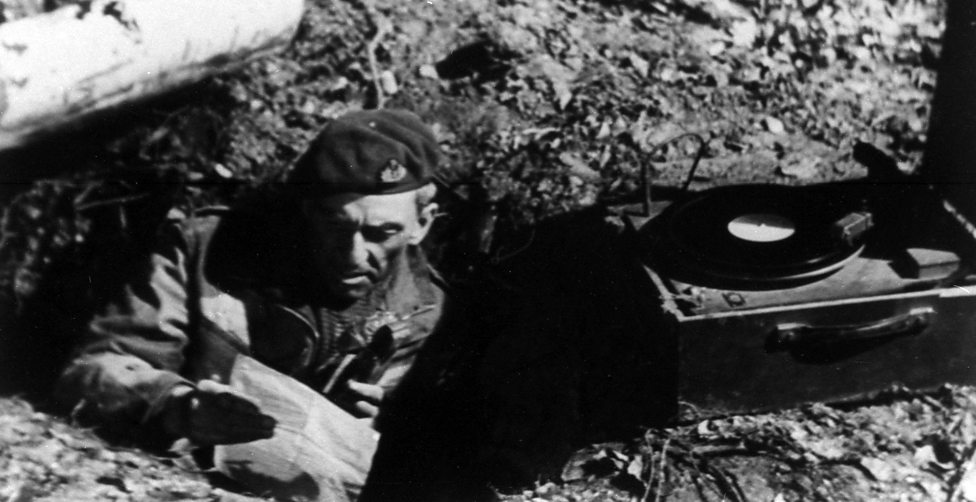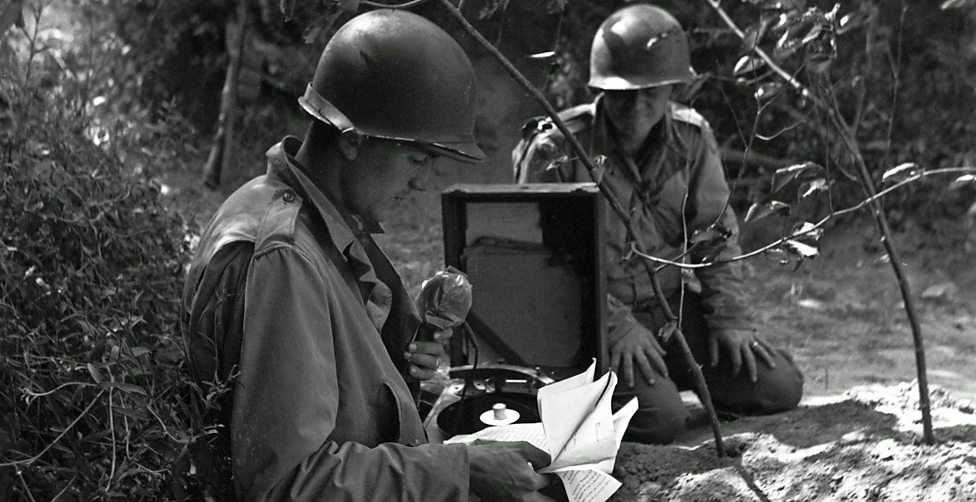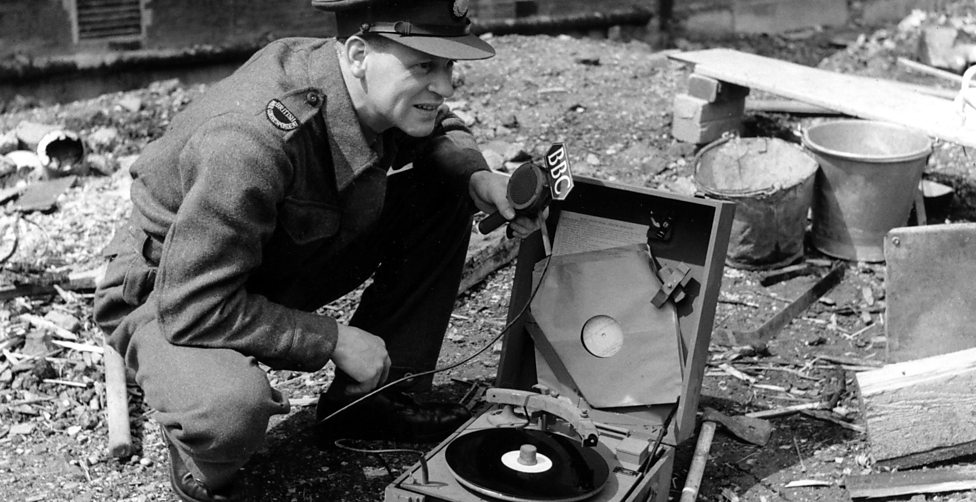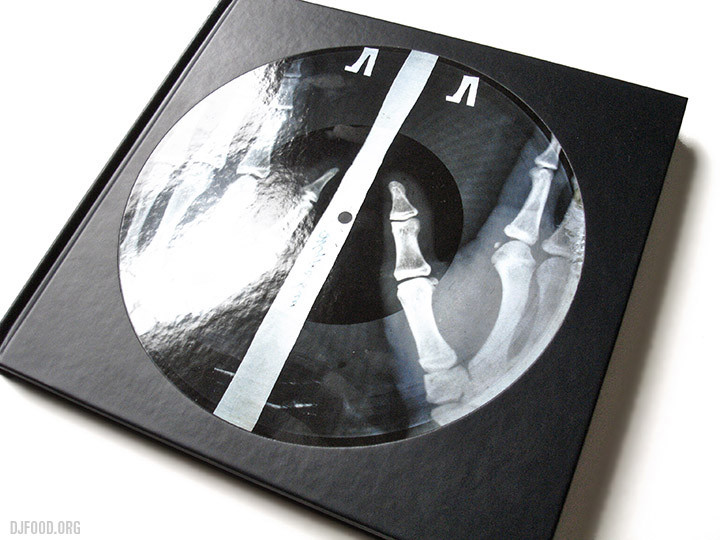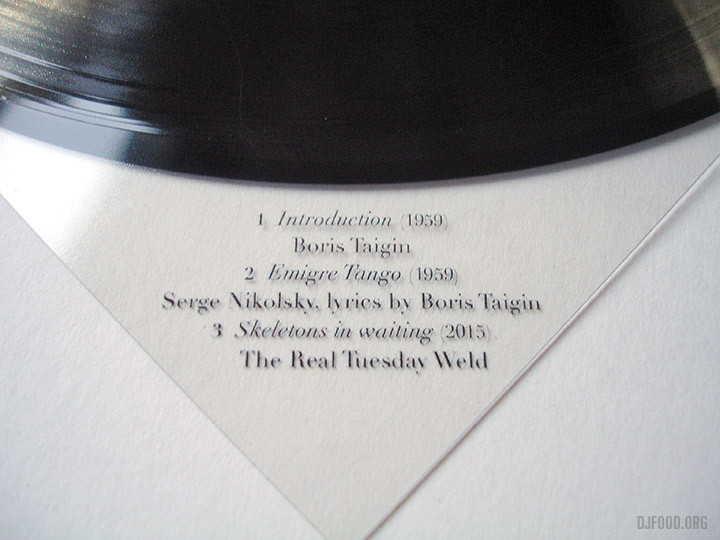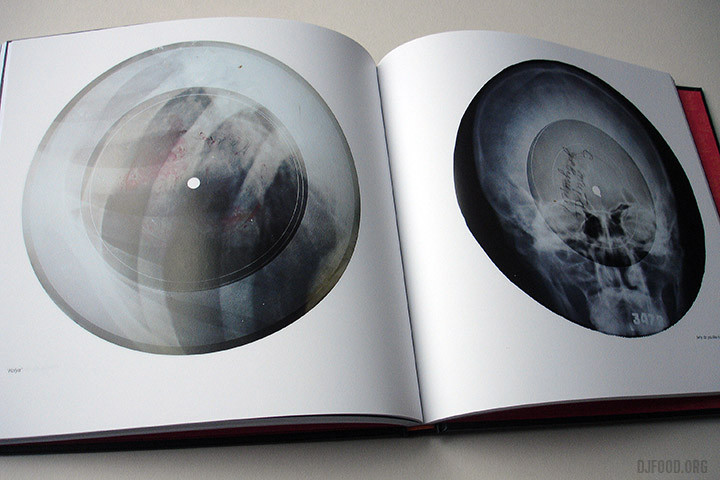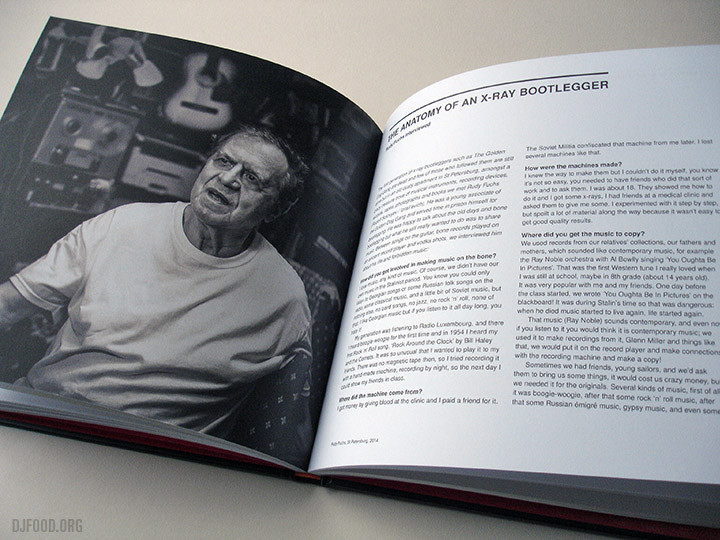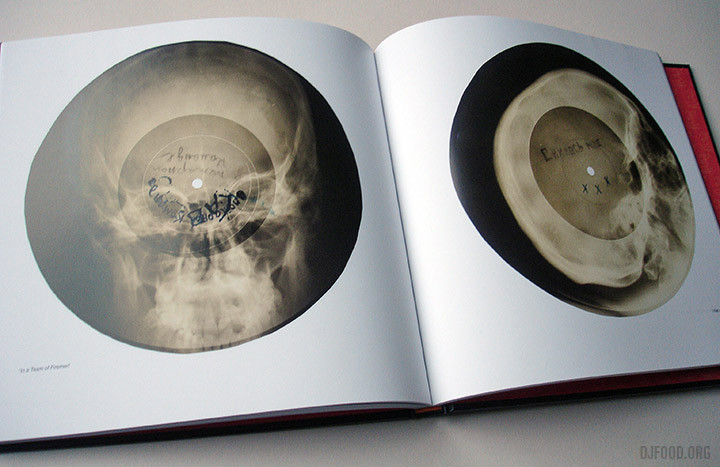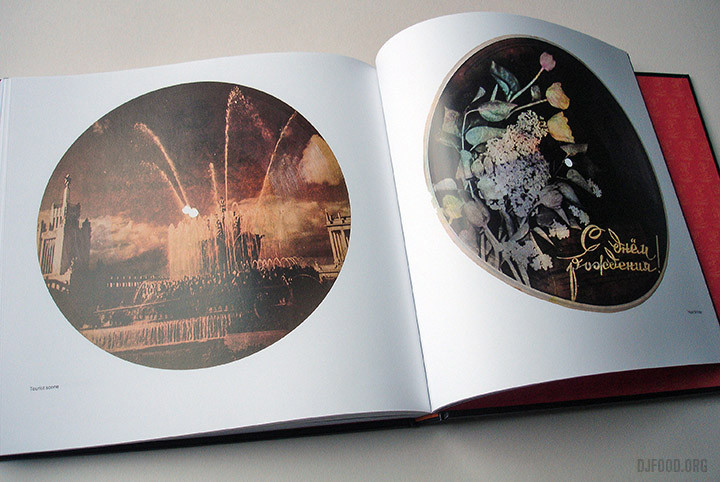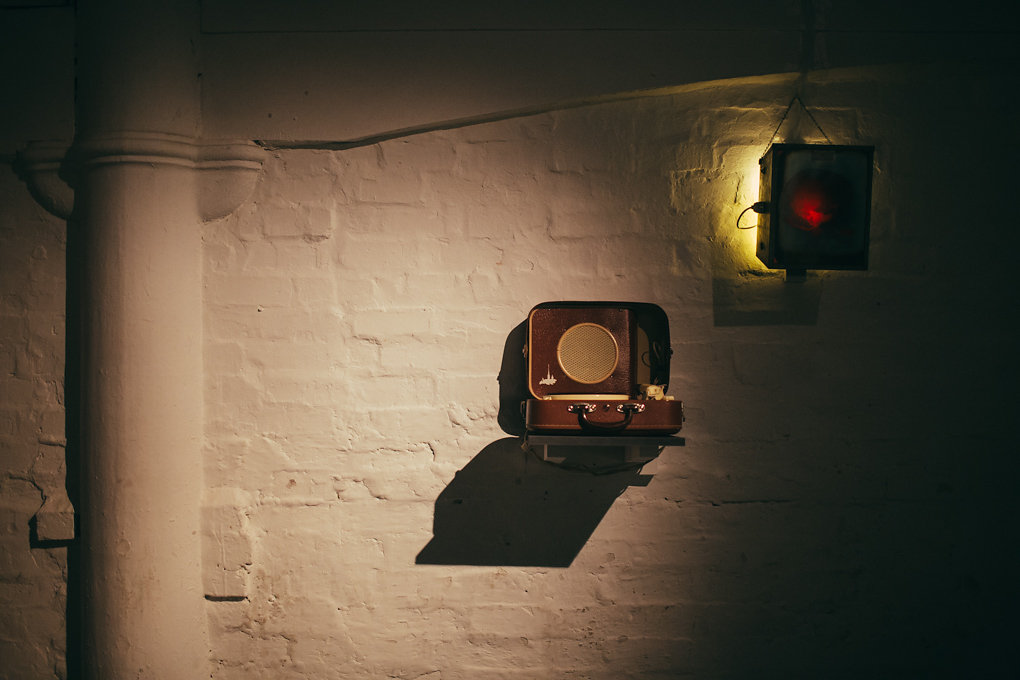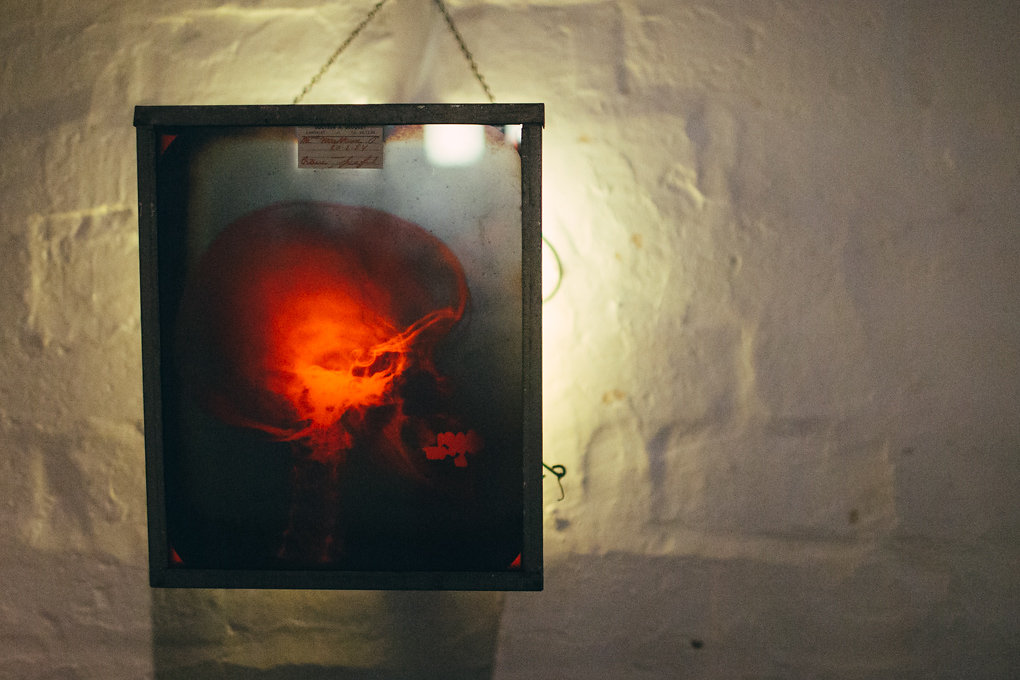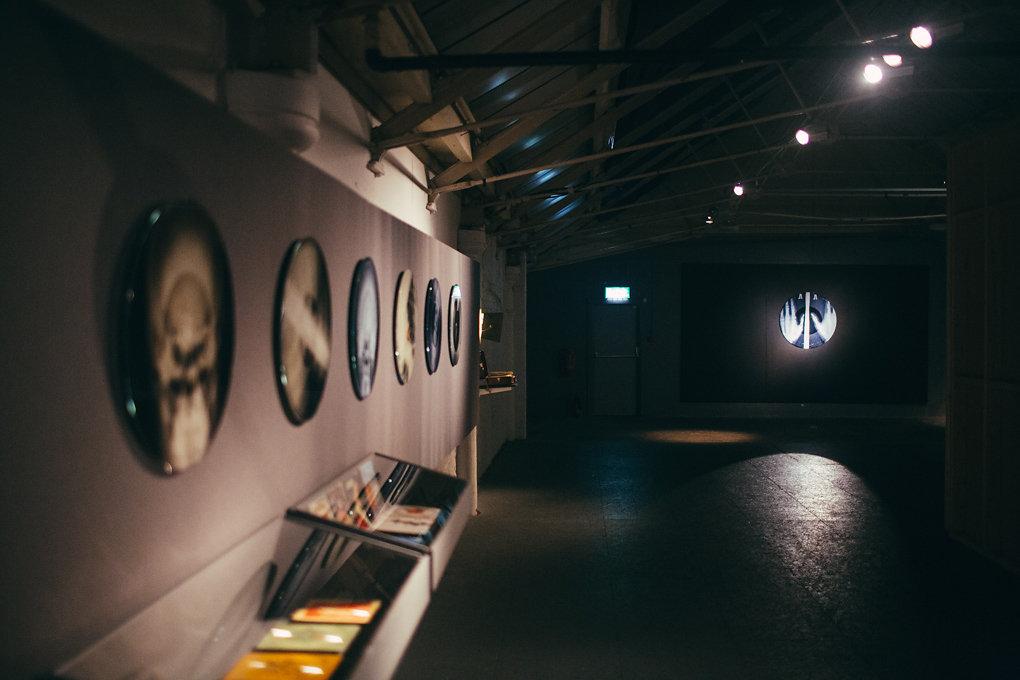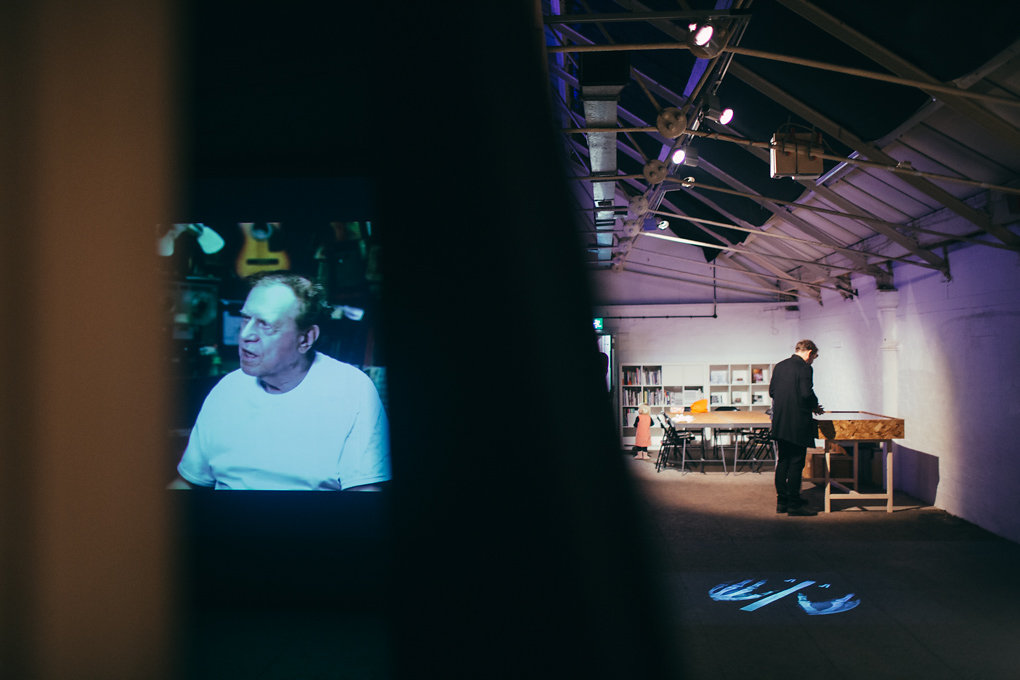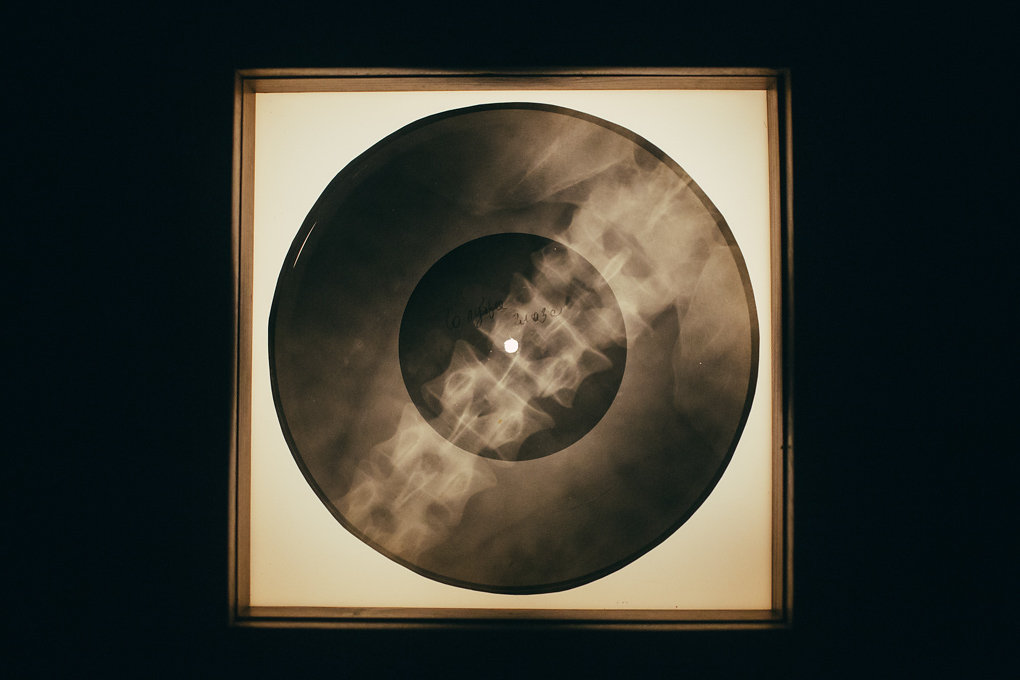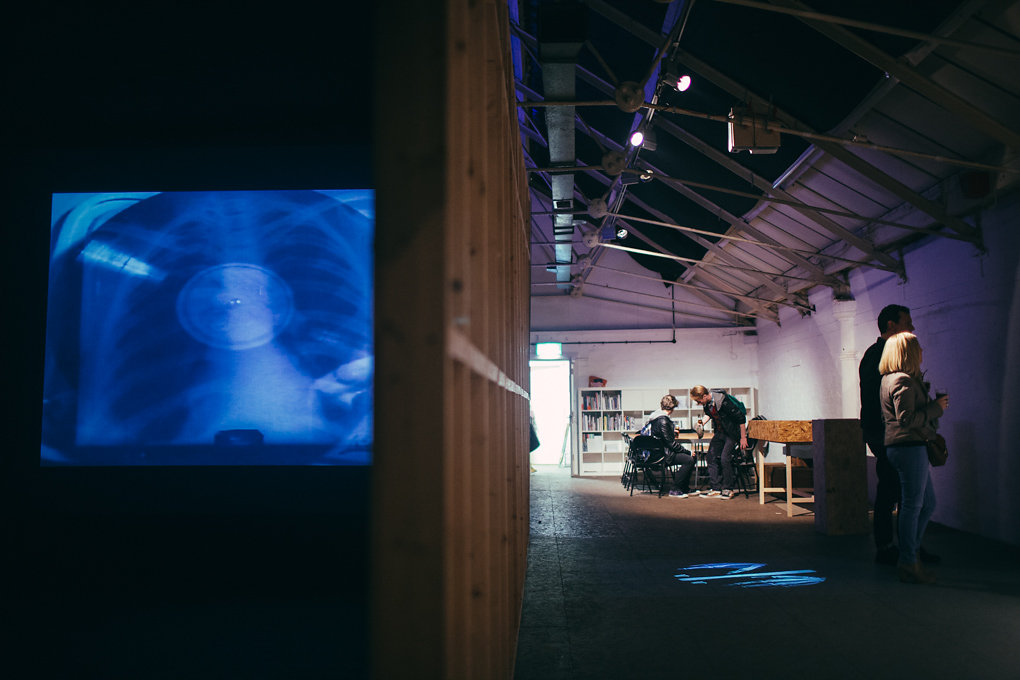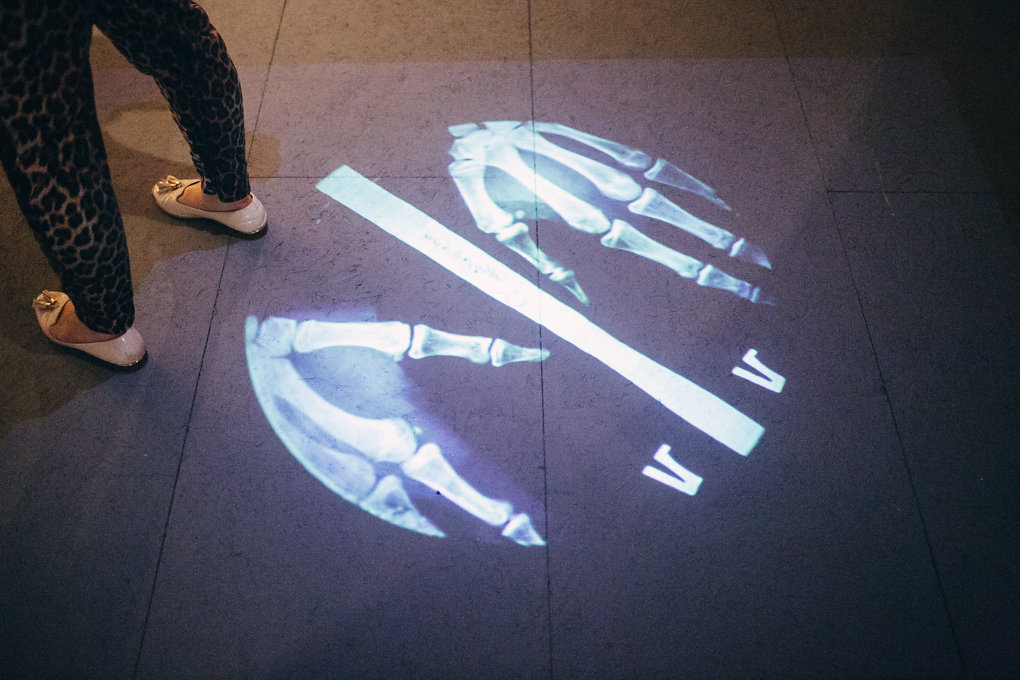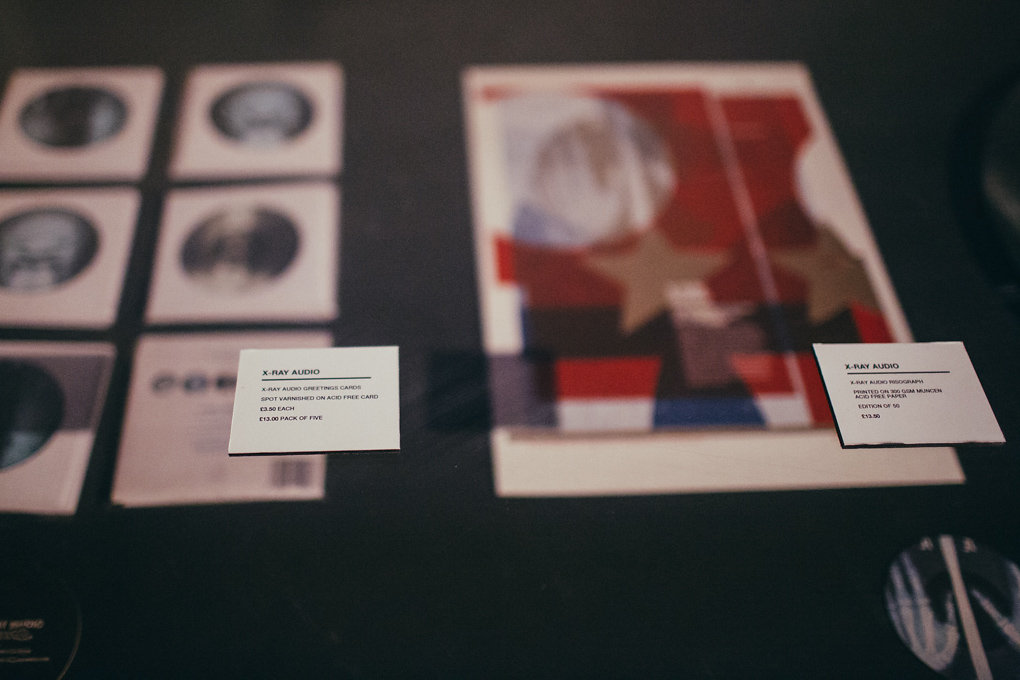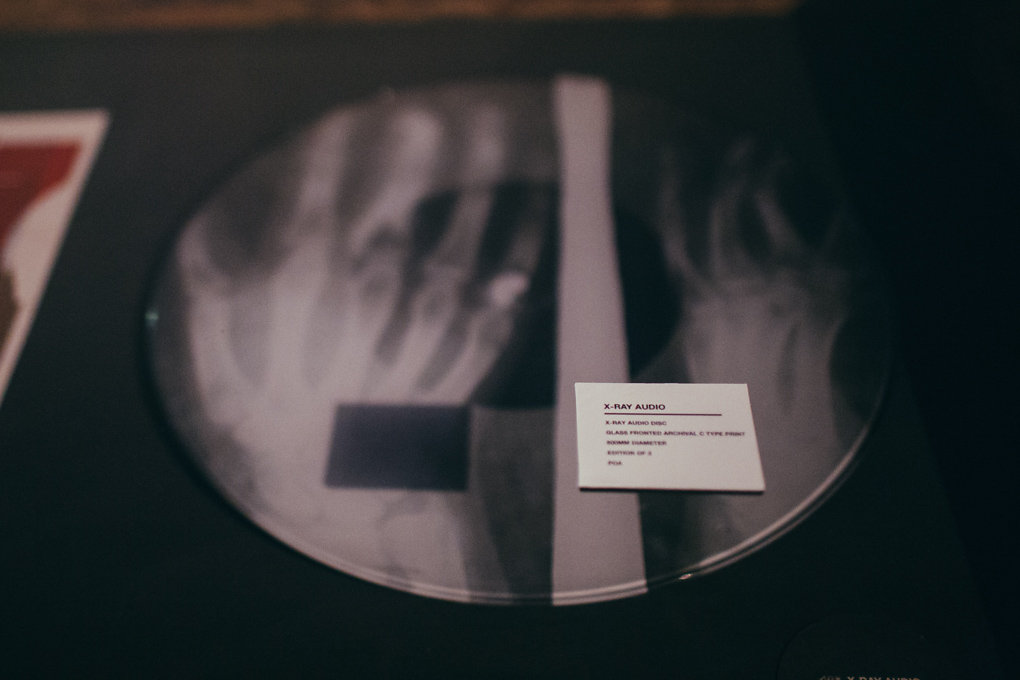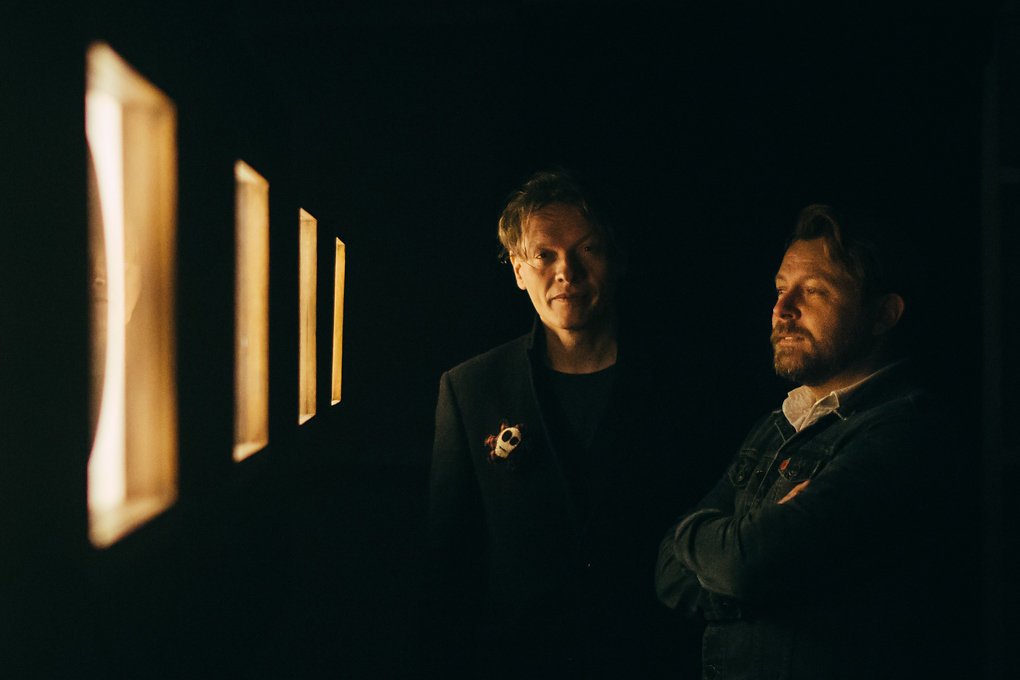The music cut onto x-ray in the Soviet Union came from three sources:
EXISTING GRAMOPHONE RECORDS: these might be discs by artists that were available in less repressive times before the war; those that were smuggled in and sold on the black market or ones that were borrowed or bought from people such as the privileged so-called ‘golden youth’, diplomats, foreign workers etc. who had access to Western goods or travelled abroad. Some were even copied from previously made x-ray records.
LIVE PERFORMANCES: an underground singer (and occasionally a well-known singer) might be secretly recorded to tape in a studio, or even direct to x-ray, and the recordings re-copied.
SHORTWAVE RADIO: the West was actively broadcasting into the Soviet Union. As well as speech programs, the BBC, Radio Free Europe and especially Voice of America, produced music shows which were directly aimed at Soviet youth. Willis Conovers’ Jazz Hour was probably the most famous. Conover broadcast for over forty years from 1955 on a shortwave frequency to a worldwide audience of millions with many listeners in the Soviet Union where his voice became much more recognisable than in his home in the USA.
Of course, the Soviet Authorities did not approve. Whilst they may have been more concerned with stopping spoken word and political speech, jazzy music programs were unwelcome too. Huge efforts and vast amounts of money were spent attempting to jam foreign signals by the method of broadcasting various electronic noises continuously on the same wavelength (a technique still used by North Korea).
But they couldn’t stop the signal completely - or continuously. Reception would vary according to the weather and the US responded to the jammers by building ever more powerful transmitters and using shifting wavelengths. A foreign signal would be much stronger in places such as Leningrad that were far from Moscow (where the main jamming equipment was built) and nearer to Western Europe.
Michael Farafanov, a Soviet era x-ray bootlegger, told us that he would he would travel around the country and even scale hills to find the best places to install his aerial and adapted radio receiver (official radios had limits to the frequencies they could receive).
In the radio show below, an episode of our Bureau of Lost Culture series on Soho Radio, we meet with Russian journalist, broadcaster and writer Vladimir Raevsky to hear the fascinating story of the Soviet Radio Jammers. Vladimir tells of the extraordinary lengths people went to to listen to the music they loved and of the gigantic amount of money spent by both sides in this invisible war of the airwaves.
We also hear from BBC Russian Arts correspondent Alex Kan about the brave / foolhardy so-called Radio Hooligans - the technically savvy young Soviets who dared to risk punishment by setting up their own little pirate radio stations to broadcast themselves and the music they liked using bootlegged and adapted equipment.
And finally we hear the strange story of the signal emitted by The Duga a gigantic mysterious installation near the Chernobyl nuclear site.
At times rather hysterically claimed to be a mind altering sonic ray intended as a cold war weapon, the Duga seems to have been a botched attempt at a very long range early warning radar system to detect nuclear missiles. The installation stills stands, now abandoned, as a mysterious, and somewhat terrifying, testament to cold war technology.
The strange knocking sound it made would disrupt shortwave radio programs across Europe - and became christened .. ‘The Russian Woodpecker’.




